Red Currant
25.00 AED Original price was: 25.00 AED.21.75 AEDCurrent price is: 21.75 AED.Pack (125g)
Red Currant’s Benefits: Redcurrant is not only fully loaded with taste and vitamin its enhance your food presentation too. Redcurrant helps body to fight against infections. Redcurrant help to create and maintain collagen, an essential protein found in hair and skin. Redcurrants are a good source of vitamin K which increase bone strength.
Red Currant
Origin: Western Europe
Benefits: Redcurrant helps body to fight against infections. Redcurrant help to create and maintain collagen, an essential protein found in hair and skin. Redcurrants are a good source of vitamin K which increase bone strength.
Description/Taste
Red currants grow on stout woody shrubs approximately 1.5-2 meters tall. The pearl sized berries are loosely clustered in elongated strands and have a somewhat translucent sheen. Their brilliant red skin encases a pulpy flesh that contains 3-12 tiny edible seeds. Less robustly flavored than black currants, but more tart than white currants, they offer flavors of raspberry, cranberry, gooseberry, rhubarb, hints of rose and a moderately acidic finish.
Seasons/Availability
Red currants are available in the summer.
Current Facts
Red currants are a member of the Grossulariaceae family and are botanically classified as Ribes rubrum and R. sativum. They are one of over 150 species within the Ribes genus, which also includes black currants, white currants, and gooseberry species. Some of the best and most commonly grown cultivars are, ‘Jonkheer van Tets’, ‘Perfection’ and ‘Red Lake’.
Nutritional Value
Red currant berries are known as “superfruits” as they have naturally high antioxidant capacity due to the pigmented polyphenol, cyanidin, which is found in their skin. They are also a good supply of vitamins C and K, manganese and potassium.
Applications
Like the black and white varieties, Red currants are perfectly suited for the typical jelly, jam, syrup or baked good, however, their palate cleansing acidity and moderate sugar level lends them to savory applications as well. They are commonly paired with rich rich game meats such as duck and lamb, especially when cooked down into a piquant sauce with rosemary and red wine. Combine red currants with orange juice and baking spices for a sweet and spicy glaze for baked ham. Other complimentary flavors include, apple, pear, ginger, oats, juniper, vanilla, cinnamon, cloves and woody herbs.
Ethnic/Cultural Info
Some people have used Red currants cosmetically in face-masks for firming up tired and lifeless skin.
Geography/History
All cultivated currant species have Asian and European ancestry. The most significant historical source of cultivation of currants was within Russia during the 11th century when they were grown in monastery gardens, towns and settlements. Red currant plants can still be found growing wild in cooler climates, but are more often cultivated for commercial sale. Unlike the black currant bush which requires heavy annual pruning for proper fruiting, both the red and white varieties only bear fruit on two to three year-old wood.
Customer Reviews
Only logged in customers who have purchased this product may leave a review.
Fresh Leaf UAE
Fresh Leaf UAE is a premier supplier of fresh fruits and vegetables, dedicated to delivering exceptional quality produce to customers throughout Dubai and other parts of the United Arab Emirates. With a strong commitment to freshness, reliability, and customer satisfaction, Fresh Leaf UAE has established itself as a trusted name in the industry.
At Fresh Leaf UAE, we understand the importance of providing our customers with the finest and healthiest produce available. We work closely with local farmers, growers, and suppliers to ensure that every item we offer meets our rigorous standards for freshness, taste, and nutritional value. Our team of experts carefully handpicks each fruit and vegetable, ensuring that only the best makes it to your table.
Our extensive range of products includes a wide variety of fruits and vegetables, sourced both locally and from reputable international suppliers. From vibrant tropical fruits to crisp greens and a colorful array of seasonal produce, we have something to satisfy every taste and culinary need. Whether you're a restaurant owner, a hotel chef, or a health-conscious individual, we have the perfect selection to meet your requirements. We take great pride in our ability to provide consistent quality and reliability to our customers. With our state-of-the-art facilities and advanced storage solutions, we maintain optimal conditions for our produce, ensuring that it stays fresh and flavorful from the moment it is harvested until it reaches your doorstep. Our efficient supply chain and prompt delivery services guarantee that you receive your order on time, every time.












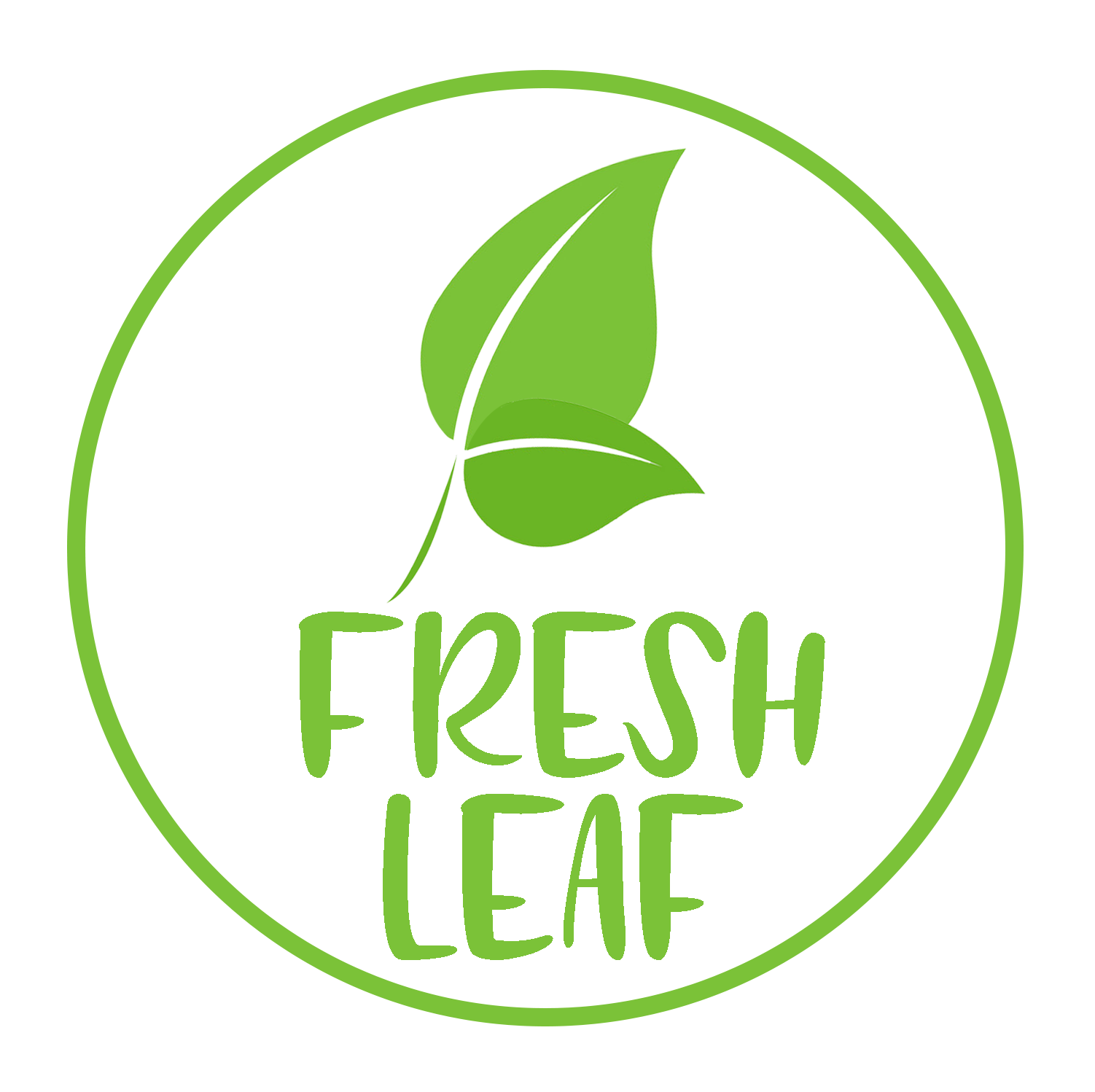

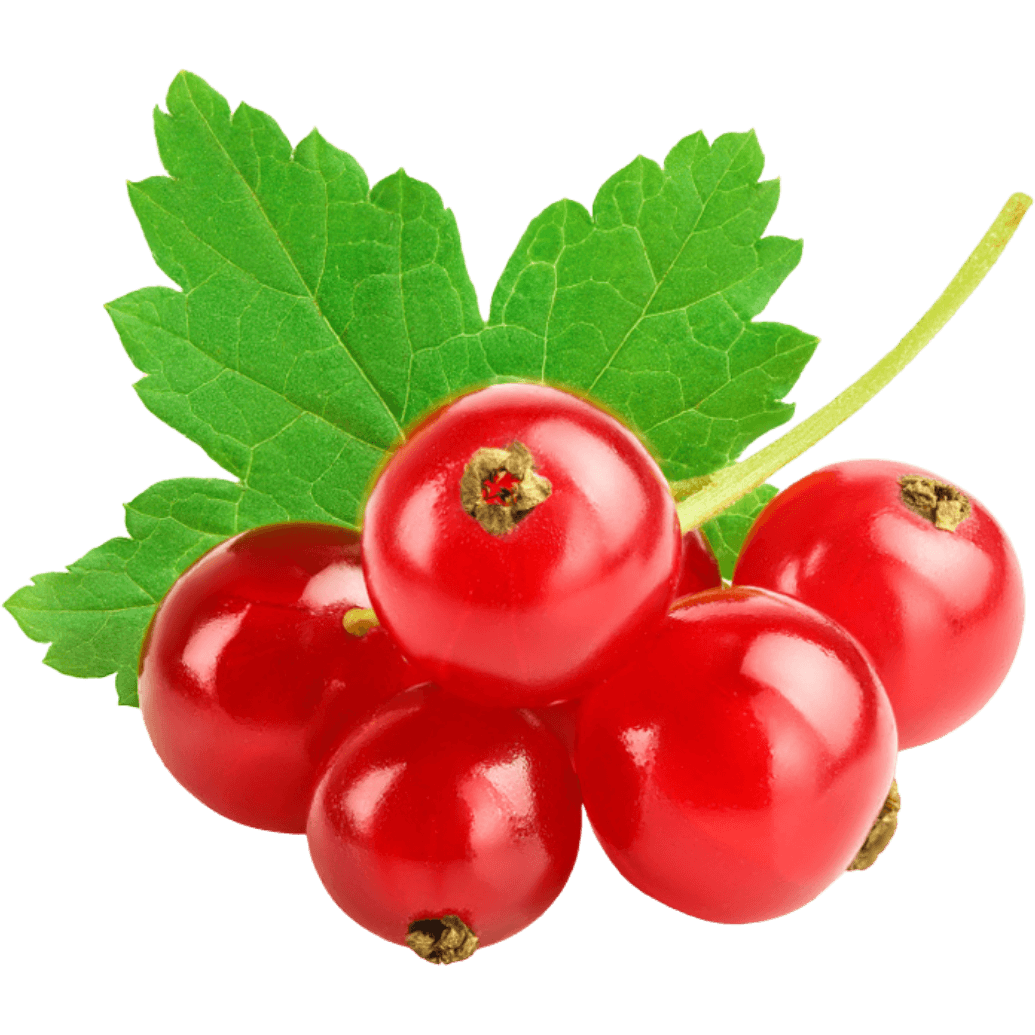
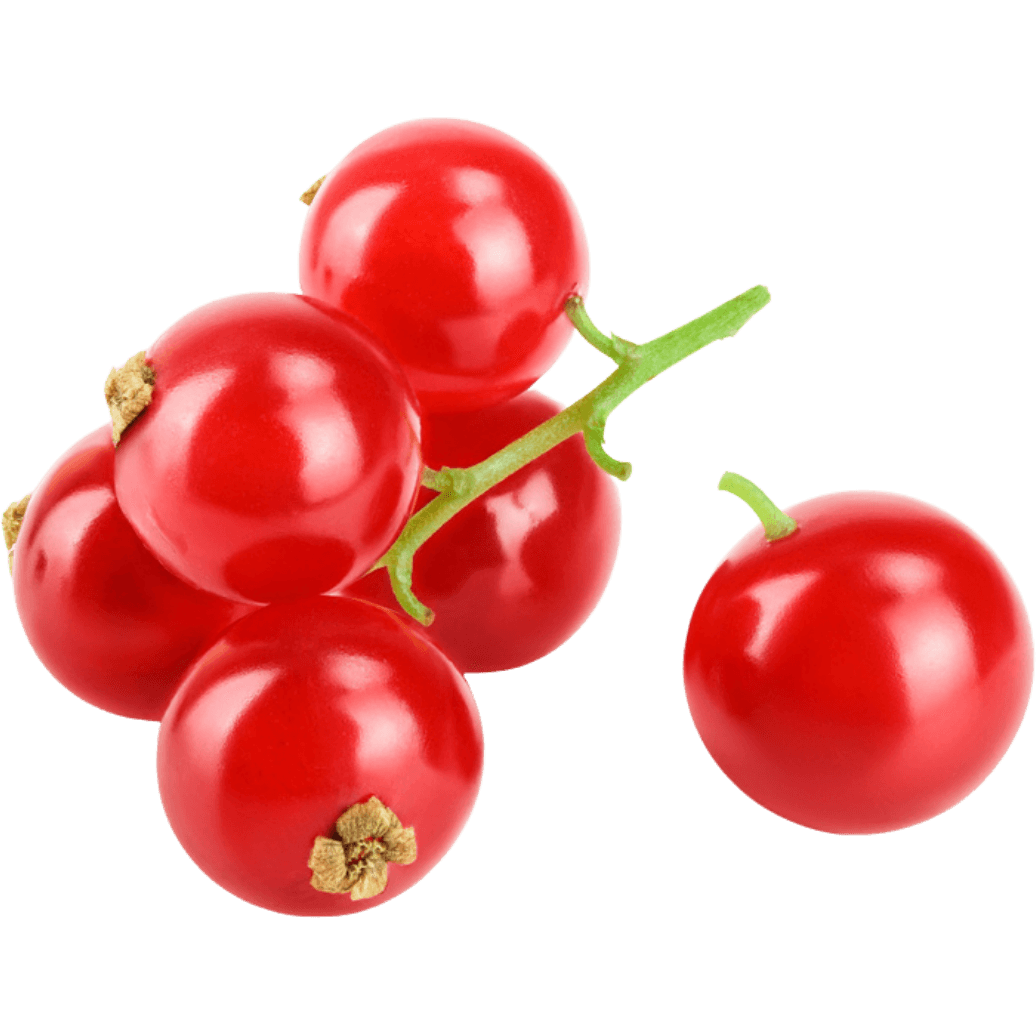
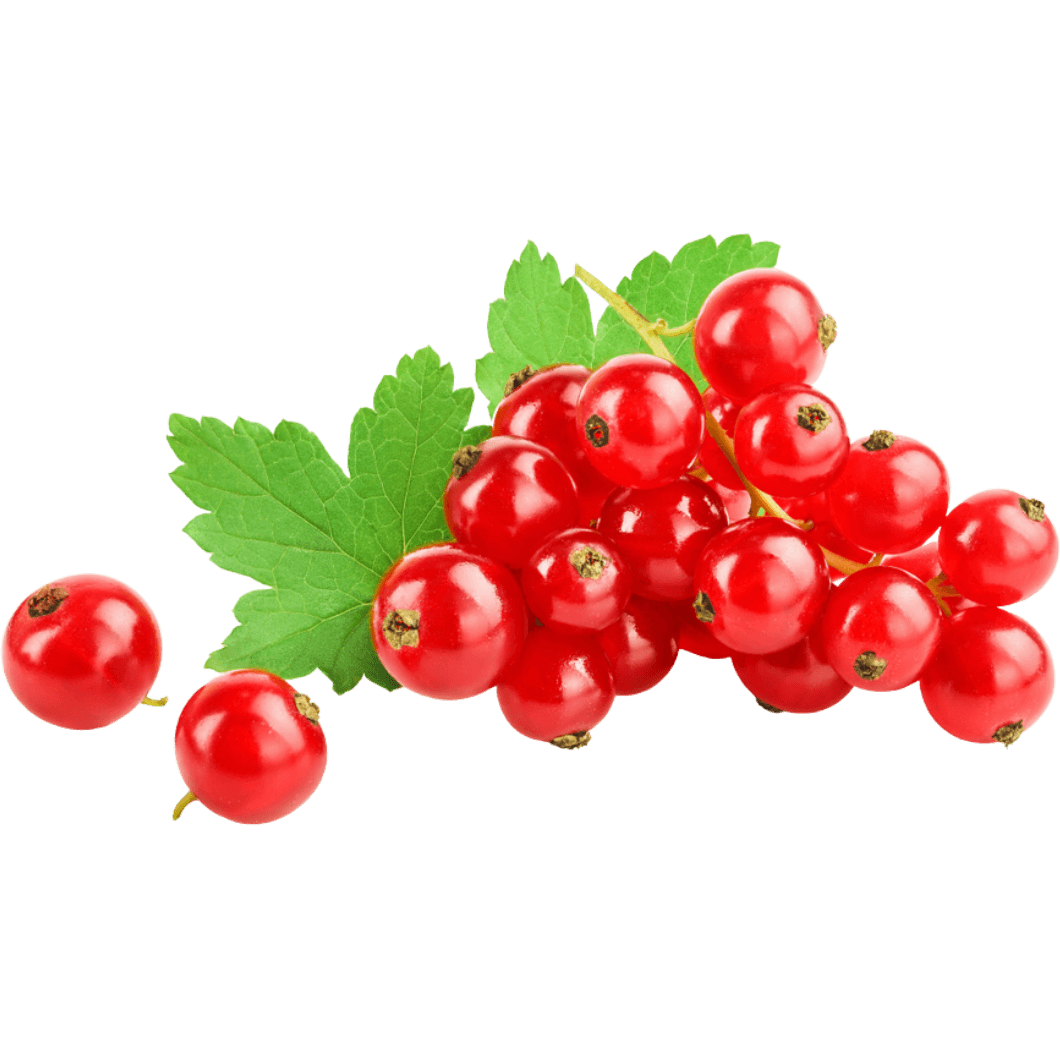
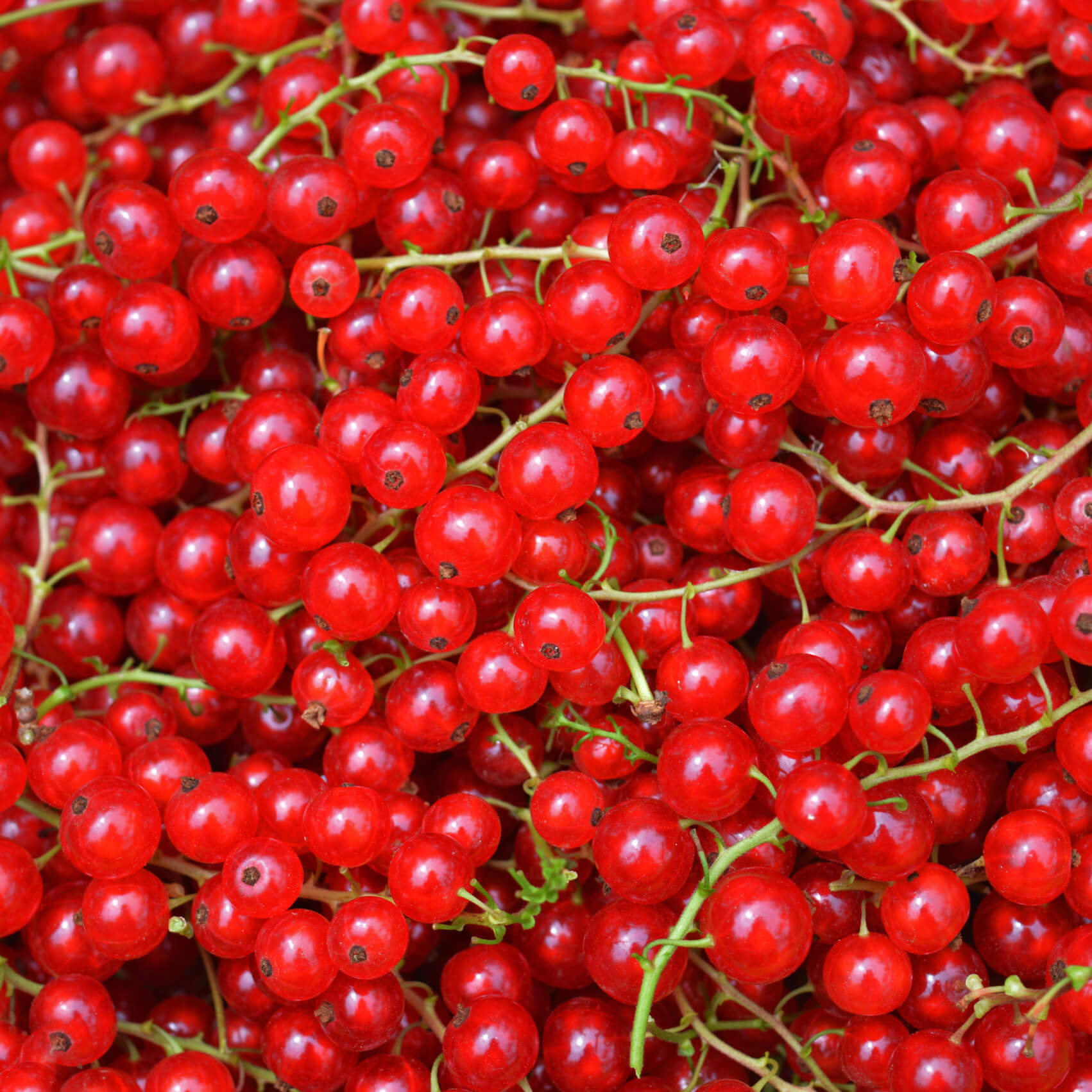


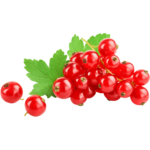
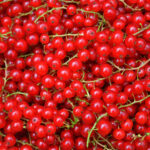

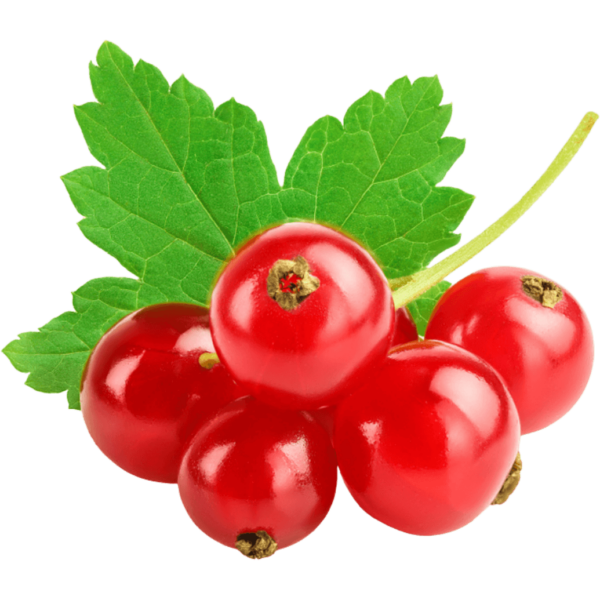
Reviews
Clear filtersThere are no reviews yet.